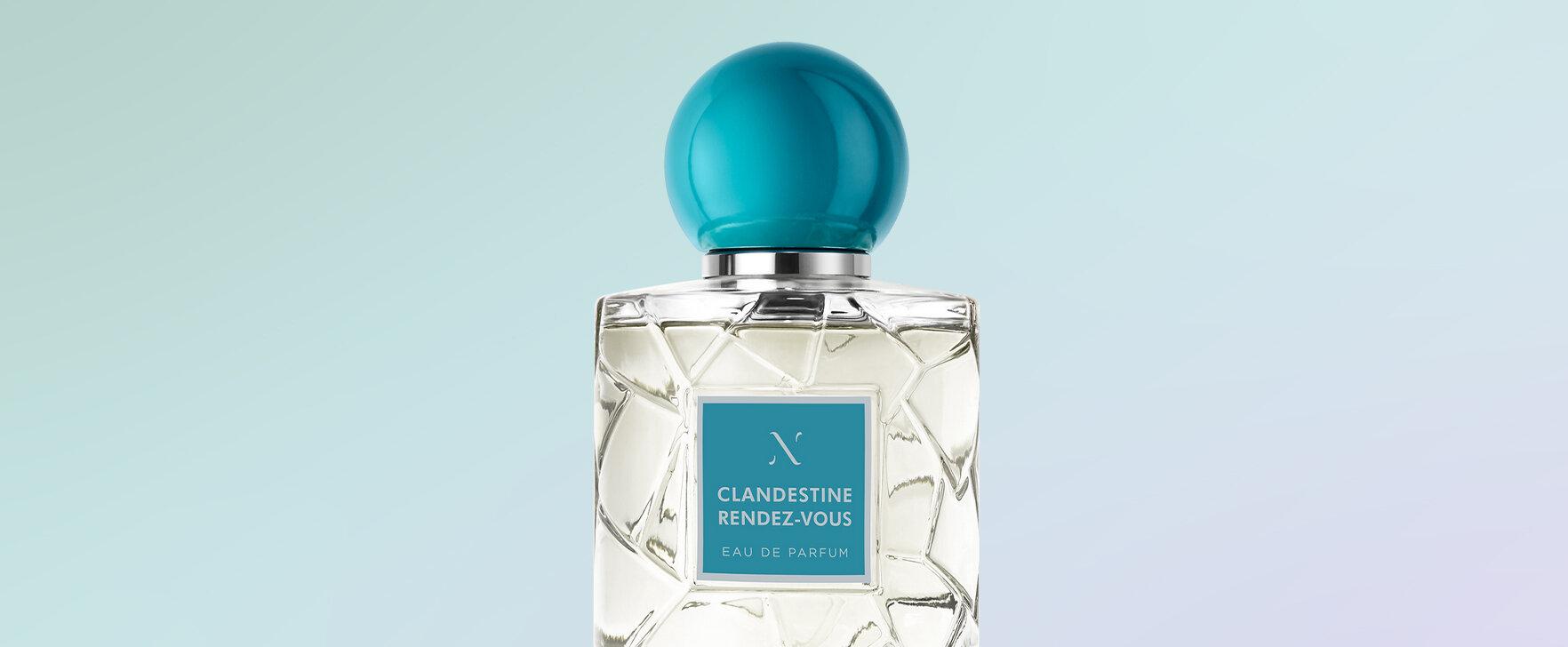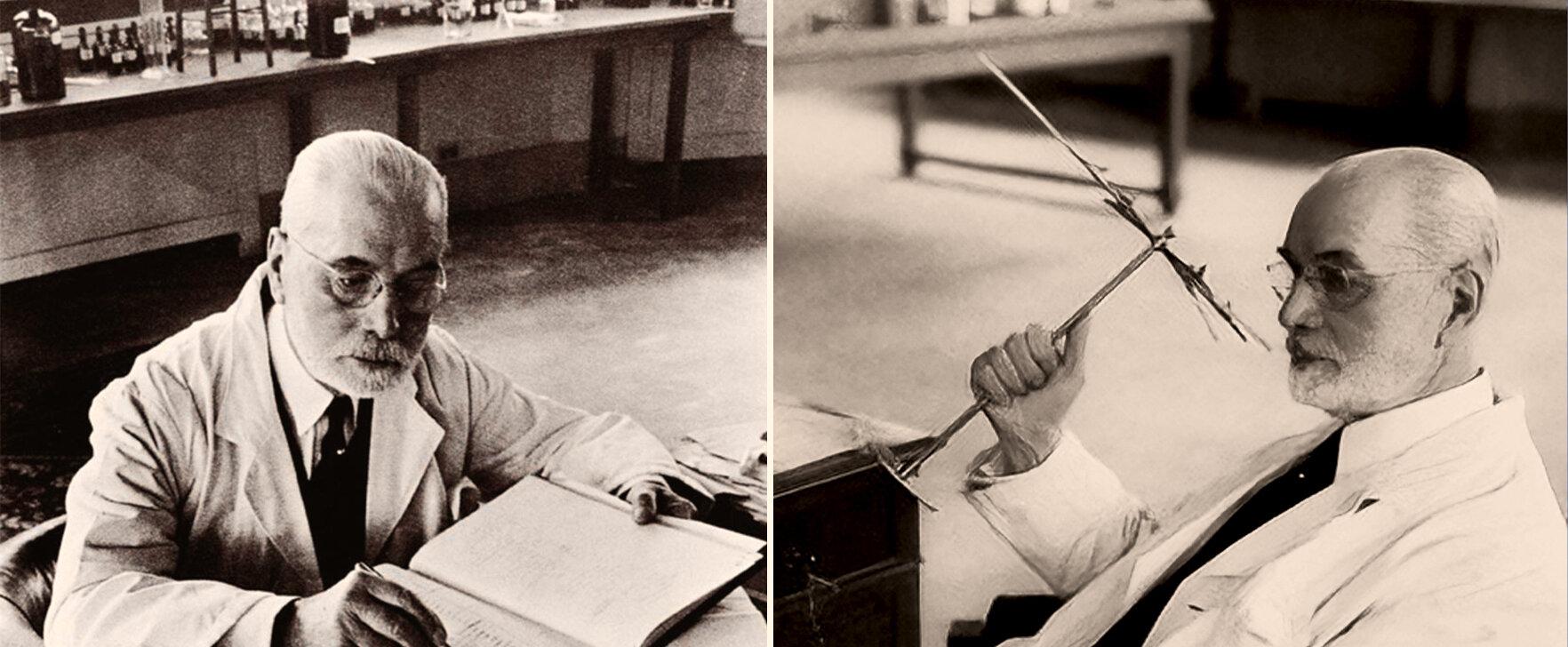
Jacques Edouard Guerlain: The Legacy of a Master of Perfumery
A look at the life and work of one of the most important and influential perfumers of the 20th century - Jacques Edouard Guerlain.
Perfumery? It's a question of patience and time.
Jacques Guerlain
With this short but powerful statement, Jacques Edouard Guerlain outlines the timeless principle of the art of perfumery and the essence of his creative creations. As the third and most famous perfumer in the Guerlain family, he created numerous fragrances, many of which are still considered masterpieces today. In this article, we delve into the life and extraordinary creations of a man whose quest for perfection, artistic sensibility and bold approach left a lasting mark on the world of fragrances.
The beginnings of a master perfumer
Jacques Guerlain was born on October 7, 1874, in Colombes, a modern industrial town northwest of Paris. He was the second child of Gabriel and Clarisse Guerlain, born into a dynasty of famous perfumers who honored the craft of fragrance composition for generations. Following the family tradition, he was first educated in England and then studied history, English, German, Greek and Latin at the École Monge in Paris.
But this training was only the beginning of his lifelong passion for compositions and essential oils. At the age of sixteen, his childless uncle Aimé Guerlain introduced him deeper into the world of perfumery - Jacques became his apprentice and potential successor. Under Aimé's guidance, Jacques honed his skills, experimented with fragrances and began to compose his first perfumes.
The women's fragrance "Ambre" in 1890 was his first work. This was followed by an internship in the organic chemistry laboratory under the direction of the famous chemist Charles Friedel at the University of Paris, before he officially joined the family business in 1894. During this time, he not only improved his craftsmanship, but also perfected the art of perfuming ink and experimented with numerous essential oils. Several perfumes date from this period, including "Tsao Ko" (1898), his first work inspired by the Orient.
At the age of 23, Jacques took over the management of the family business together with his brother Pierre and his father. For two years, he alternated with his brother as managing director and head perfumer before finally taking over the position of head perfumer for good.
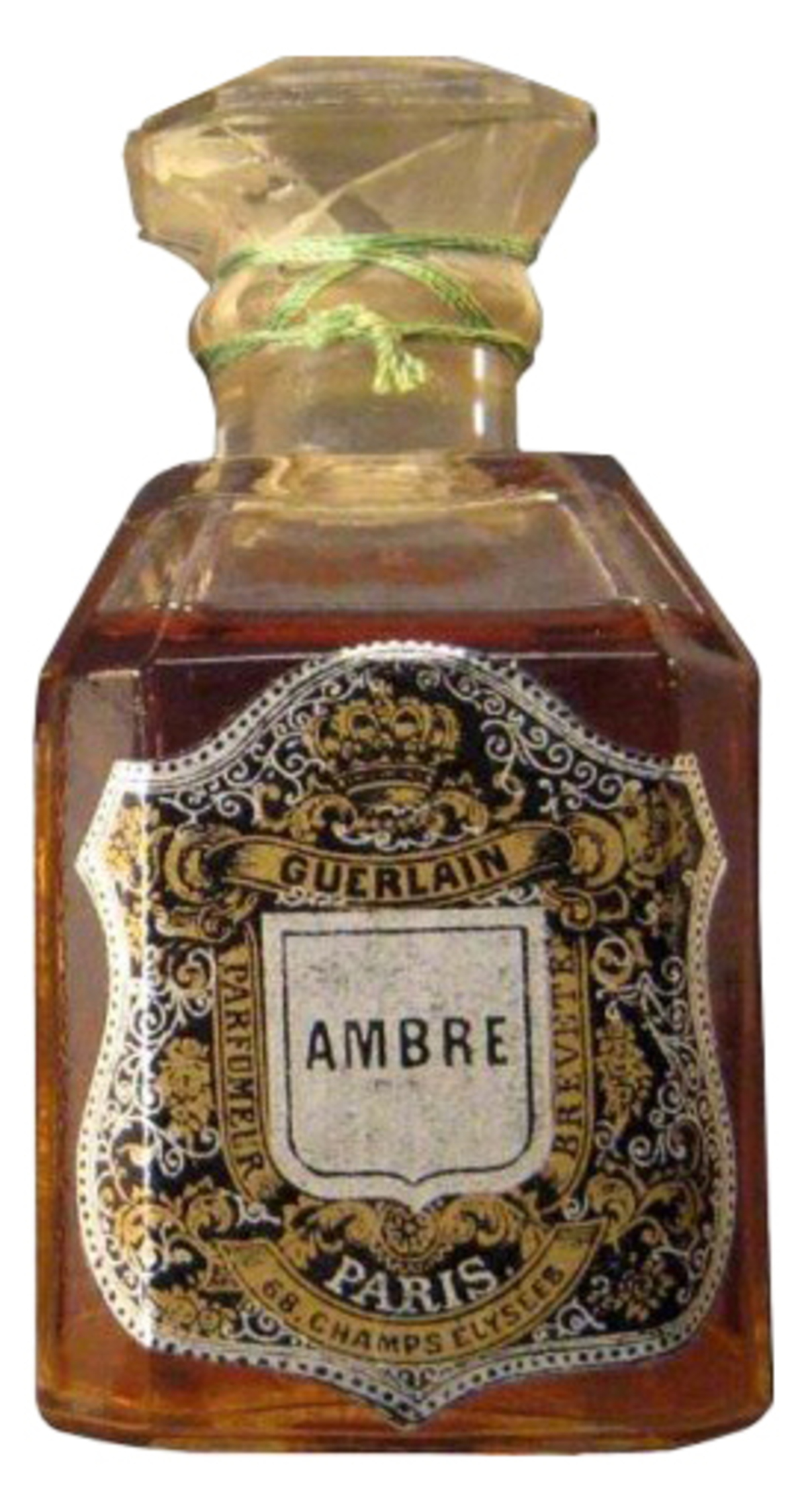
A collection of masterpieces
Although Jacques Guerlain avoided interviews and revealed little about his personal life and creative process, he found an expressive language in his perfumes.
Under the motto Le bilan d'un siècle (The balance of a century), the 1900 Universal Exhibition in the center of Paris was a showcase for innovation and art that attracted millions of visitors. Jacques Guerlain also presented a new edition of his fragrance creations here: "Voilà Pourquoi j'aimais Rosine" - a floral perfume dedicated as a tribute to the French actress and close friend of the Guerlain family, Sarah Bernhardt (born: Rosine Bernardt).
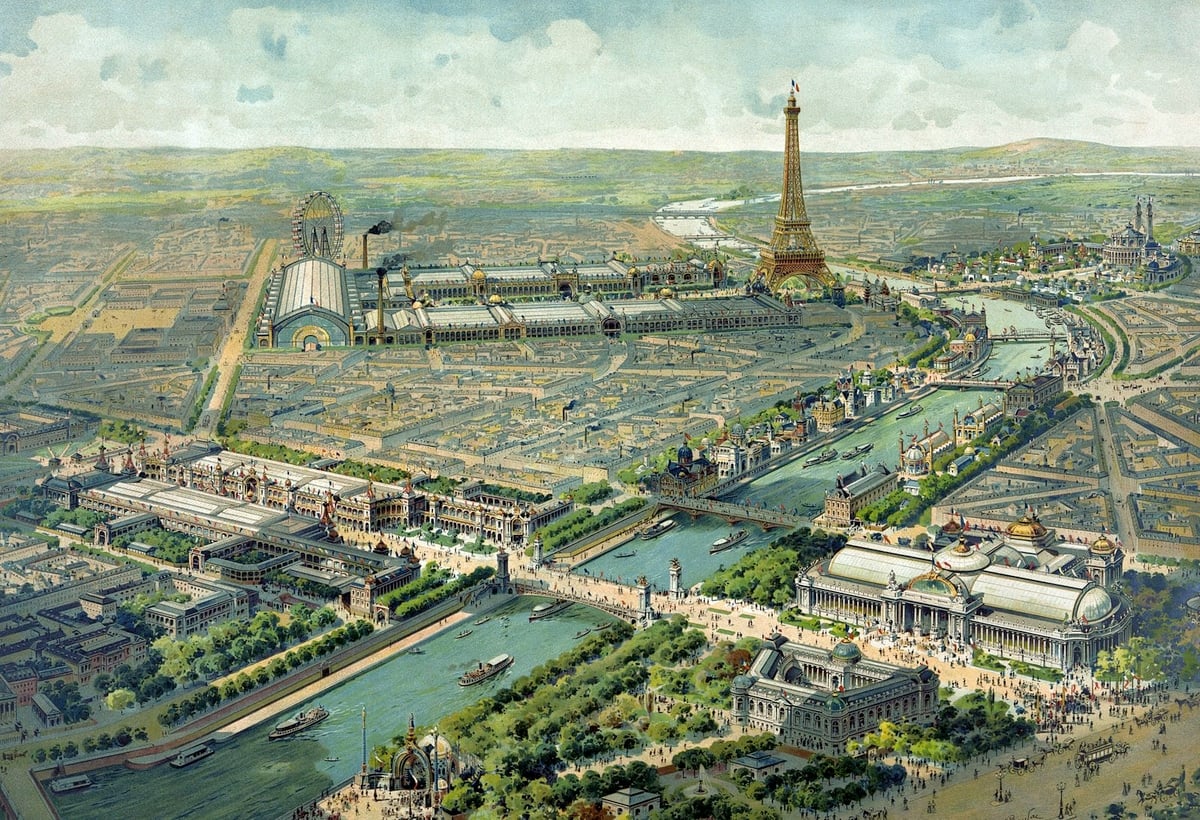
His next work, "Fleur Qui Meurt" ("dying flower") from 1901, was the result of a new experiment with a synthetic violet fragrance - a poetic depiction of the last moment of a flower sacrificing itself to its perfume. The fragrance was soon accompanied by two other creations: "Voilette de Madame" (1904) and "Mouchoir de Monsieur" (1904), created for a couple who were friends of Guerlain's.
The year 1905 brought not only creative success, but also great personal upheaval for Jacques. At the age of 31, he married his lover Andrée Bouffet, a Protestant from Lille, which resulted in his expulsion from the Catholic Church. However, this in no way curbed his creative energy: a year later, he presented "Après l'Ondée" ("After the rain"), a perfume that smelled of an aniseed-like aldehyde innovation and became a great commercial success. In the same year, his first child, Jean-Jacques, was born.
Jacques Guerlain was fascinated by the Orient - even if he had never been there. This led him to study oriental art intensively and incorporate exotic themes into his creations. In 1911, Guerlain presented "Kadine" - the fragrance was intended to symbolize the connection between Paris and the Orient and celebrate Guerlain's vision of a woman: multi-layered, elegant and sophisticated. His home in Rue Murillo at Parc Monceau was also adorned with oriental treasures. He collected faience from Nevers and Rouen, admired the masterful furniture of André Charles Boulle and Bernard van II Risamburgh and owned paintings by renowned artists such as Francisco Goya and Edgar Degas as well as antique books.
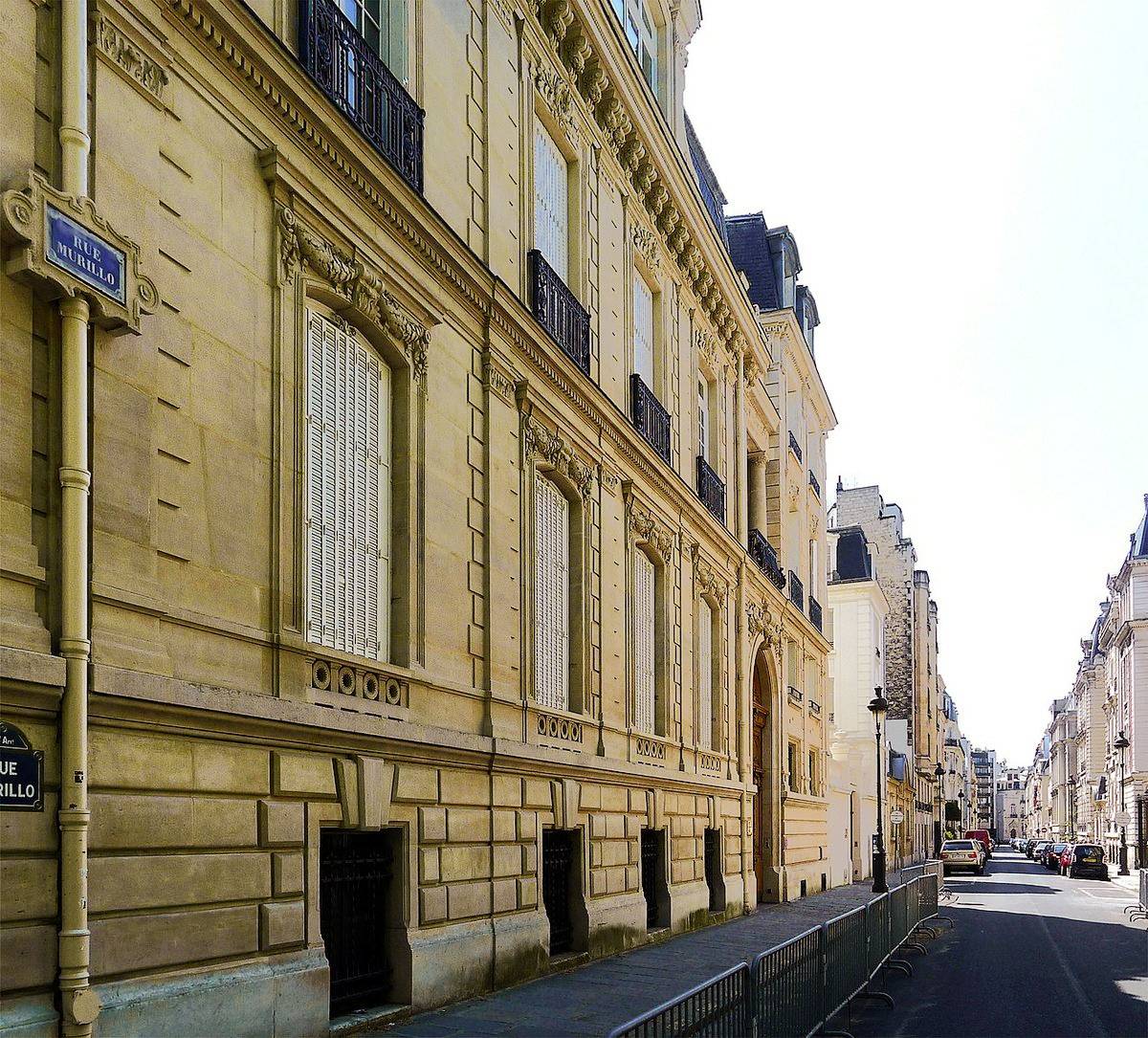
In 1912, Jacques Guerlain unveiled "L'Heure Bleue" ("The Blue Hour"), which embodies the time of change - inspired by the transition from sunset to a starry night. At the same time, the fragrance was also a harbinger of the approaching end of an era characterized by peace and progress - the Belle Époque.
Jacques Guerlain once said that he had a premonition of impending disaster. I couldn't put it into words," he told me. "I felt something so intense that I could only express it in a perfume."
Jean-Paul Guerlain
On the eve of the First World War, Guerlain presented the aromatic-sweet perfume "Champs-Elysées" (1914) on the occasion of the opening of Guerlain's flagship boutique at 68 Avenue des Champs-Élysées in Paris. Presented in a turtle-shaped bottle, the fragrance paid homage to the architectural style of boutique designer Charles Mewès.
During the war, Jacques Guerlain worked on his famous fragrance "Mitsouko". Released in 1919, the floral chypre fragrance was the result of countless experiments with oakmoss and gamma undecalactone (a peach-like note). The heroine from Claude Farrère's bestselling novel La Bataille served as inspiration for the creation. In contrast to the softer, floral fragrance "L'Heure Bleue", "Mitsouko" represented a new era after the war.
In 1925, Jacques unveiled the oriental-powdery perfume "Shalimar" at the "Exposition Internationale des Arts Décoratifs et Industriels Modernes" (International Exhibition of Modern Industrial and Decorative Arts). The exotic fragrance, inspired by the magnificent gardens of the Mughals, quickly became a classic and bestseller for the House of Guerlain. It was followed by other creations such as "Djédi" (1926), "Vol de Nuit" (1933)" and "Coque d'Or" (1937), which also drew their inspiration from artistic and cultural influences.
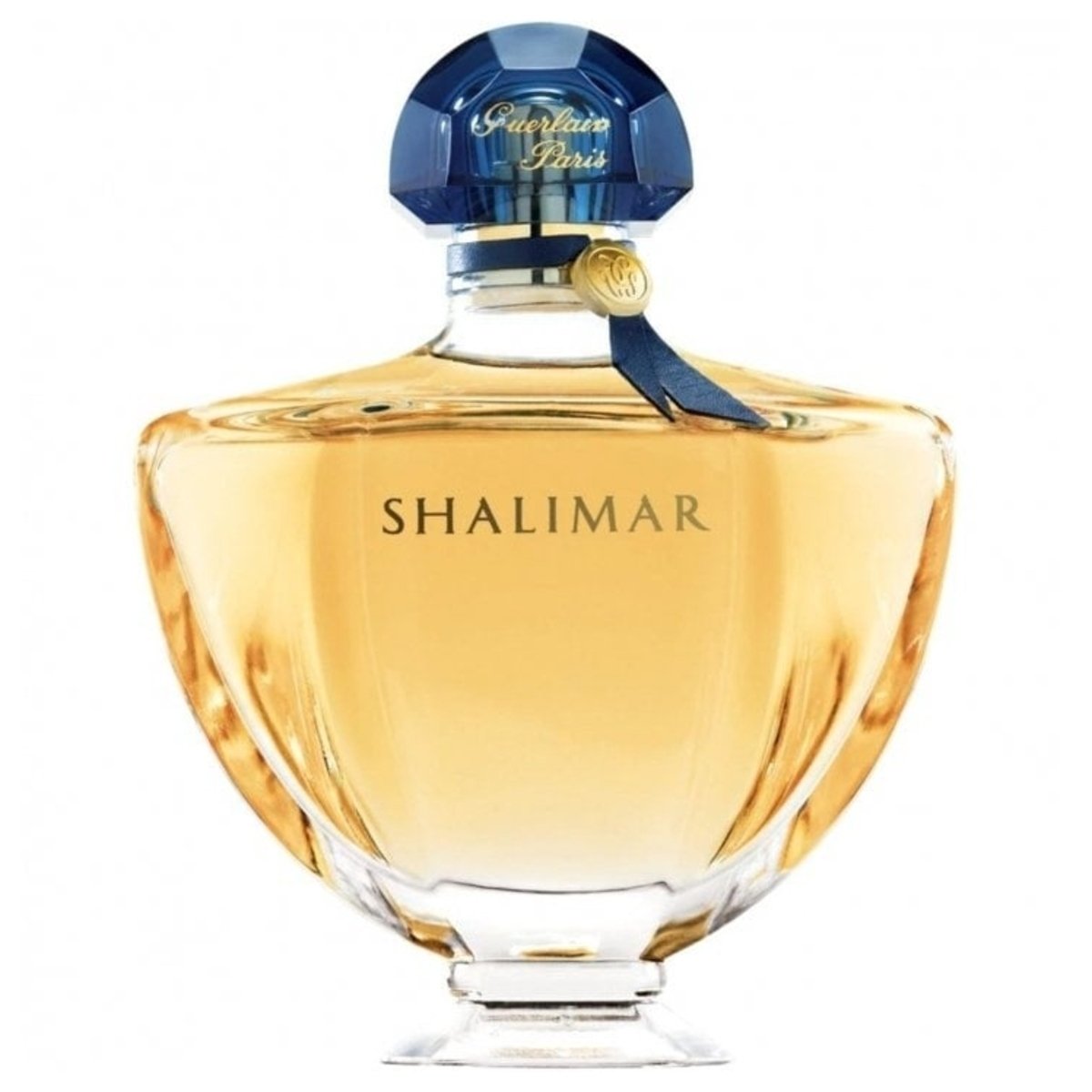
Times of change
The Second World War left Guerlain with deep wounds. His youngest son Pierre, just 21 years old, was called up for military service in Baron an der Oise and lost his life in battle. This painful loss plunged Guerlain into such deep grief that he stopped creating perfumes for two years and also gave up his stud farm in Normandy. Instead, he devoted himself to growing fruit and vegetables on his estate in the green commune of Les Mesnuls, which he had delivered to his factory workers.
It was not until 1942, at the age of 68, that he returned with the new perfume "Kriss" which was named after an Indonesian dagger.
In the last eighteen years of his life, Guerlain only created fragrances sporadically. Instead, he increasingly retreated to his estate and devoted his time to the flower beds, orchards and a Japanese garden. His last perfume creations include works such as "Fleur de Feu" (1949), a sweet-floral aldehyde perfume, and "Atuana" (1952), named after the final resting place of the painter Paul Gauguin. "Ode" (1955), Guerlain's last creation, was created in collaboration with his grandson and successor Jean-Paul Guerlain and immortalized the beauty of his gardens in a floral pattern.
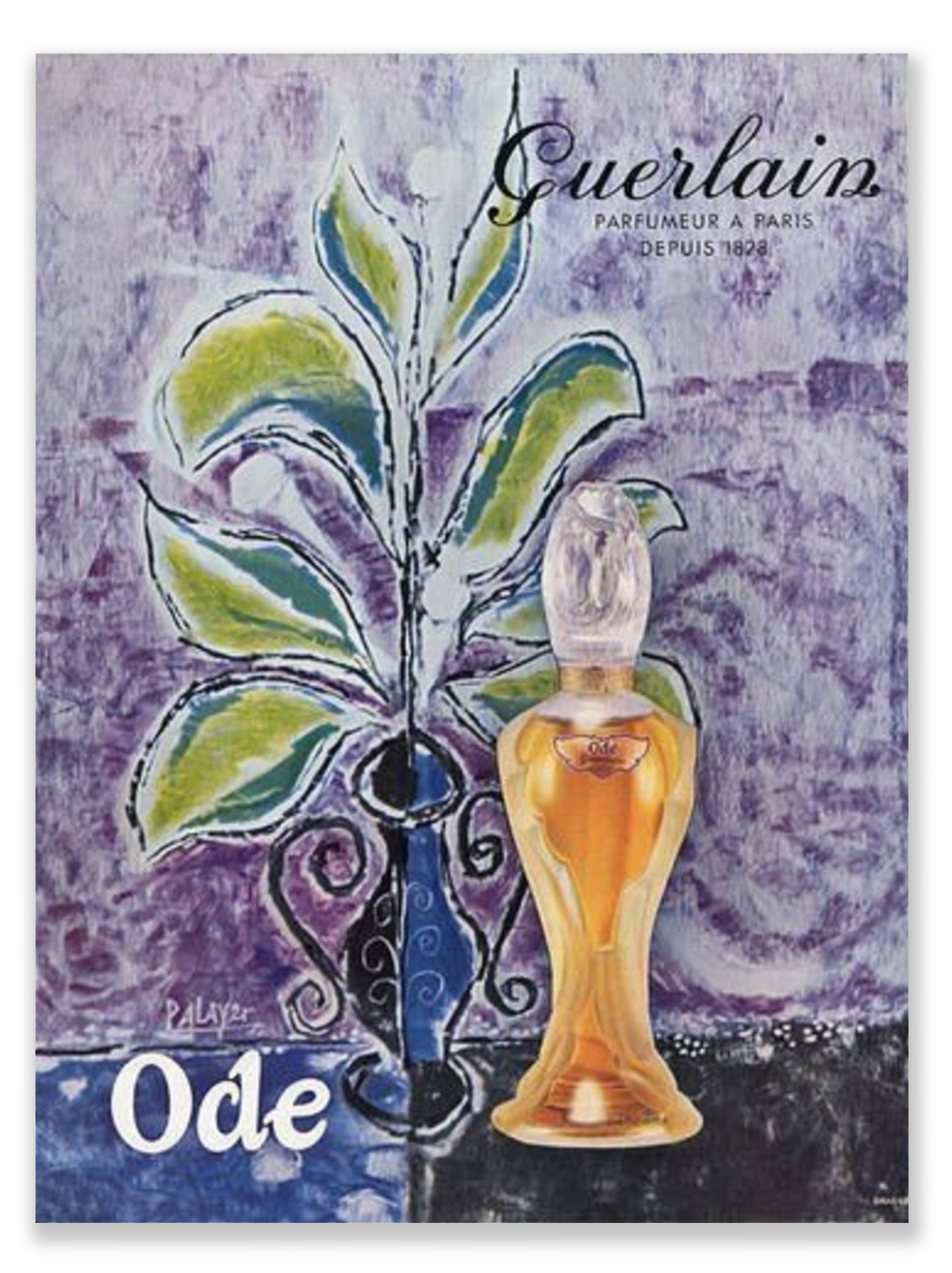
A play between tradition and innovation
Jacques Guerlain's creations were a play between familiar, traditional fragrance notes and unexpected, innovative accords. For example, Guerlain dared to use green notes such as galbanum in the 1930s, which was unconventional at the time.
His way of working always followed a methodical approach. It is reported that he rarely smelled the ingredients he used directly. Instead, he distributed the perfume notes on fragrance strips and closely observed the development and interactions over the course of the day. In this way, he wanted to better understand the nuances and subtleties of the notes in order to achieve the desired quality and harmony in his creations.
His attitude to perfection and his striving for the highest quality were also reflected in his critical nature. He was considered picky and sometimes harsh in his judgments. But it was his extremely exacting standards that gave his creations their quality. Jean-Paul Guerlain described him as a perfumer who worked at his easel like a portrait painter. Once the creation was complete, he selected a bottle and immediately offered the new perfume for sale in the boutique. He then regularly visited the boutique to gather feedback from his customers.
The legacy of Jacques Guerlain
On May 2, 1963, a life that shaped the perfume industry and left behind more than 80 famous fragrances finally came to an end. Jacques Guerlain died at the proud age of 88 and was laid to rest in the famous Passy cemetery in Paris, where he was buried alongside his son Pierre and his father.
With his unique perfumes, many of which are archived in the Osmothèque, he was able to consolidate the reputation of Guerlain fragrances and continue the family tradition. Even today, many years after his death, his works are still held in high esteem by many perfume lovers and serve as a source of inspiration.
Image sources:
"P1260052 Paris VIII rue Murillo rwk" von Mbzt, CC BY-SA 4.0, via Wikimedia Commons, https://upload.wikimedia.org/wikipedia/commons/1/1f/P1260052_Paris_VIII_rue_Murillo_rwk.jpg, "Perfume Shalimar" von Gonna Fly Now, CC BY-SA 2.0, Library of Congress, Public domain, https://upload.wikimedia.org/wikipedia/commons/6/6b/Vue_panoramique_de_l%27exposition_universelle_de_1900.jpg, https://upload.wikimedia.org/wikipedia/commons/b/b0/Perfume_Shalimar.jpg, https://piimages.parfumo.de/0/5/3469_9899c189ff7e33eb417ef7861a5eb649.jpg


 Mikayla
Mikayla
